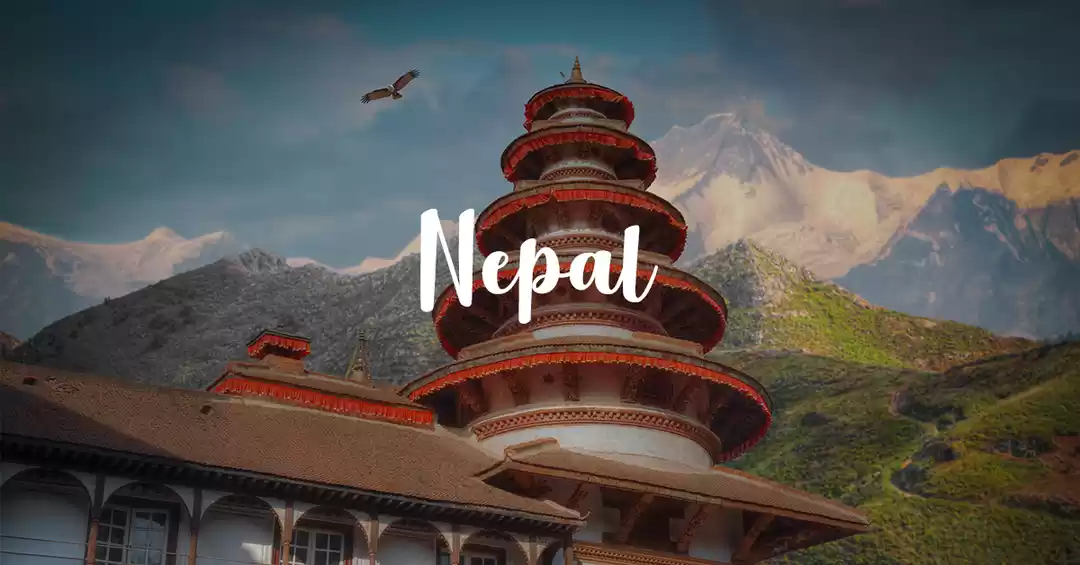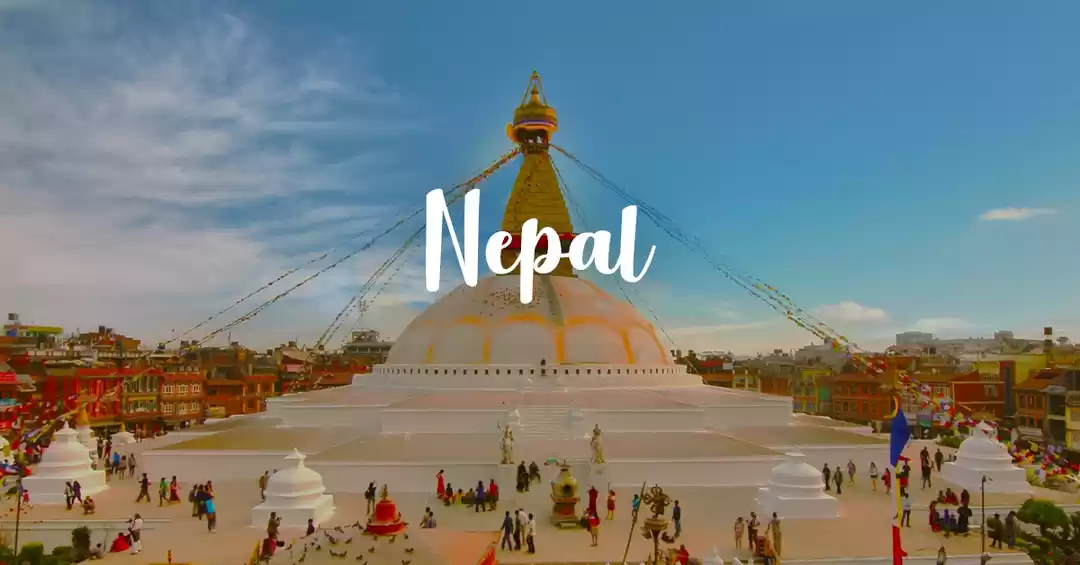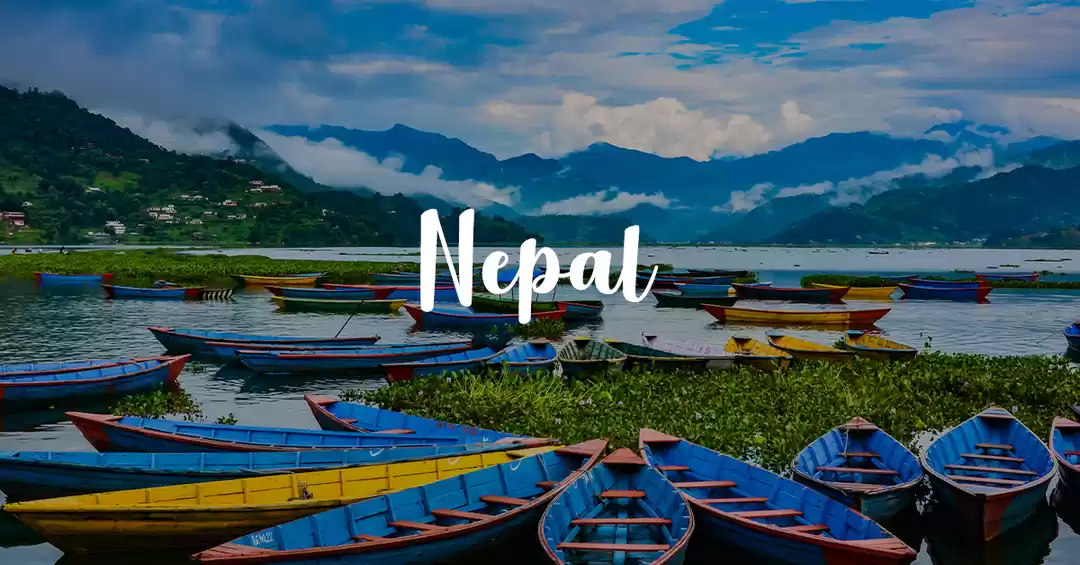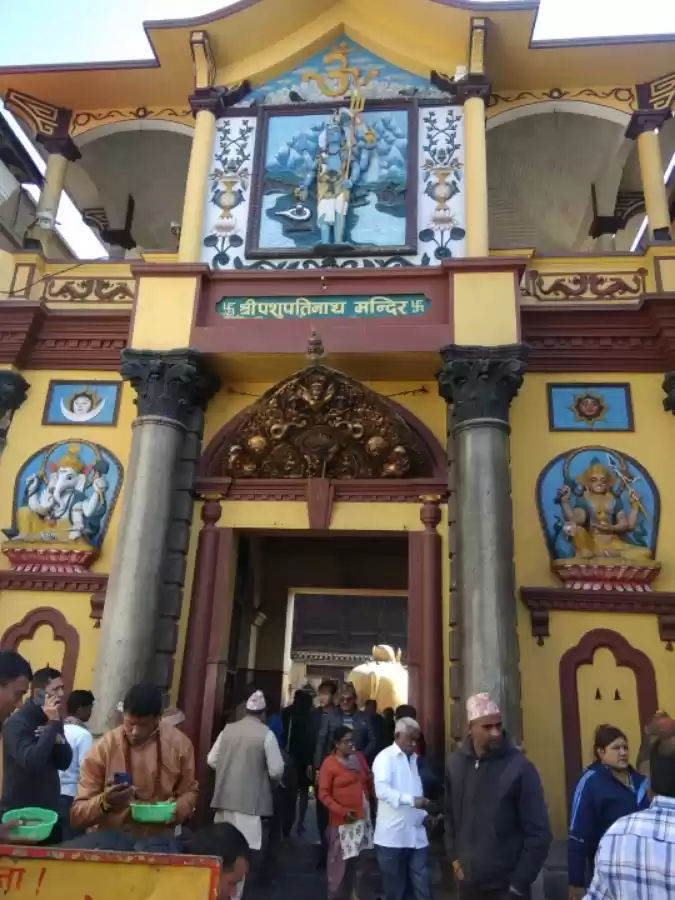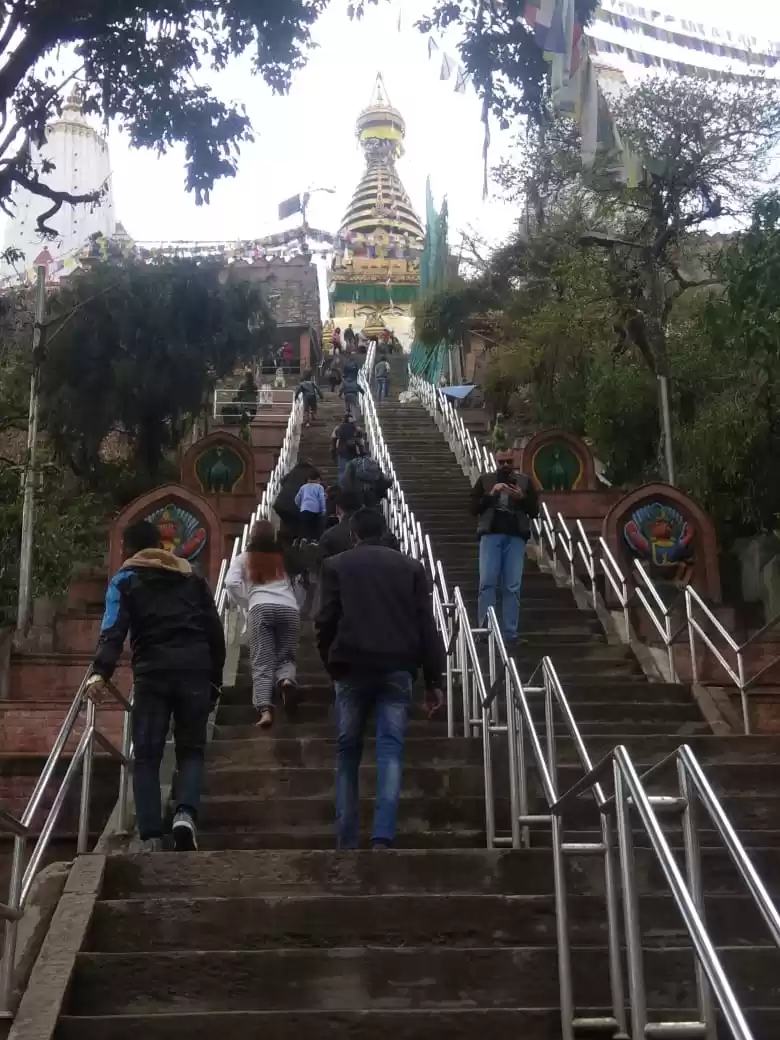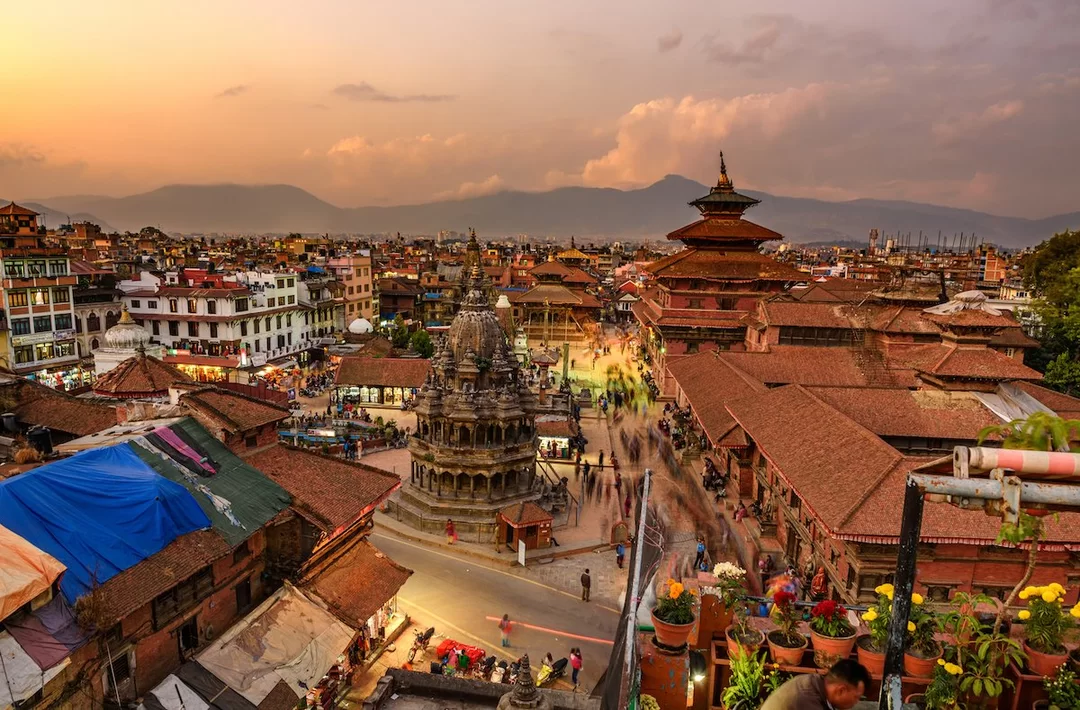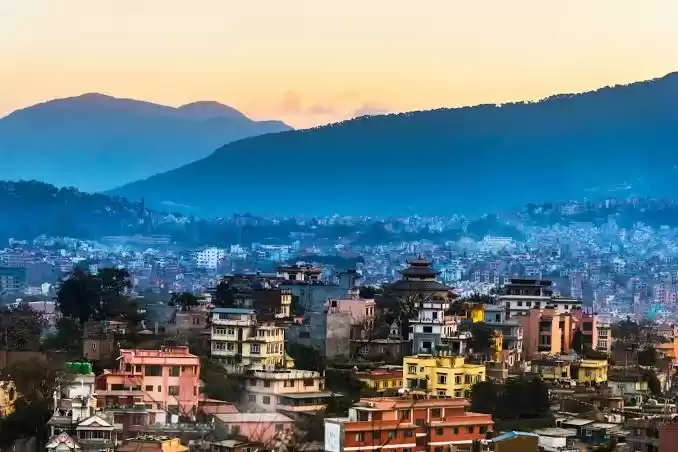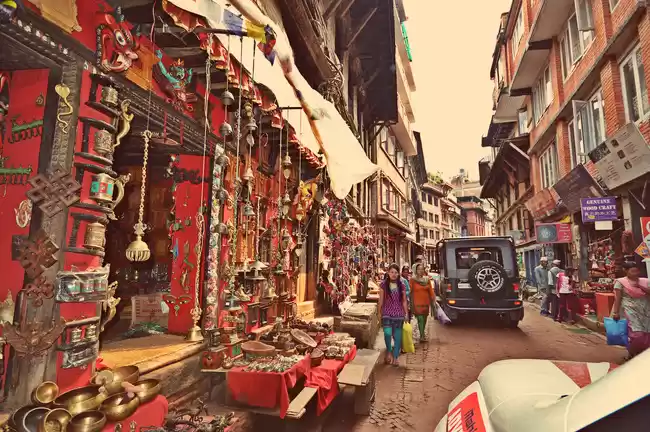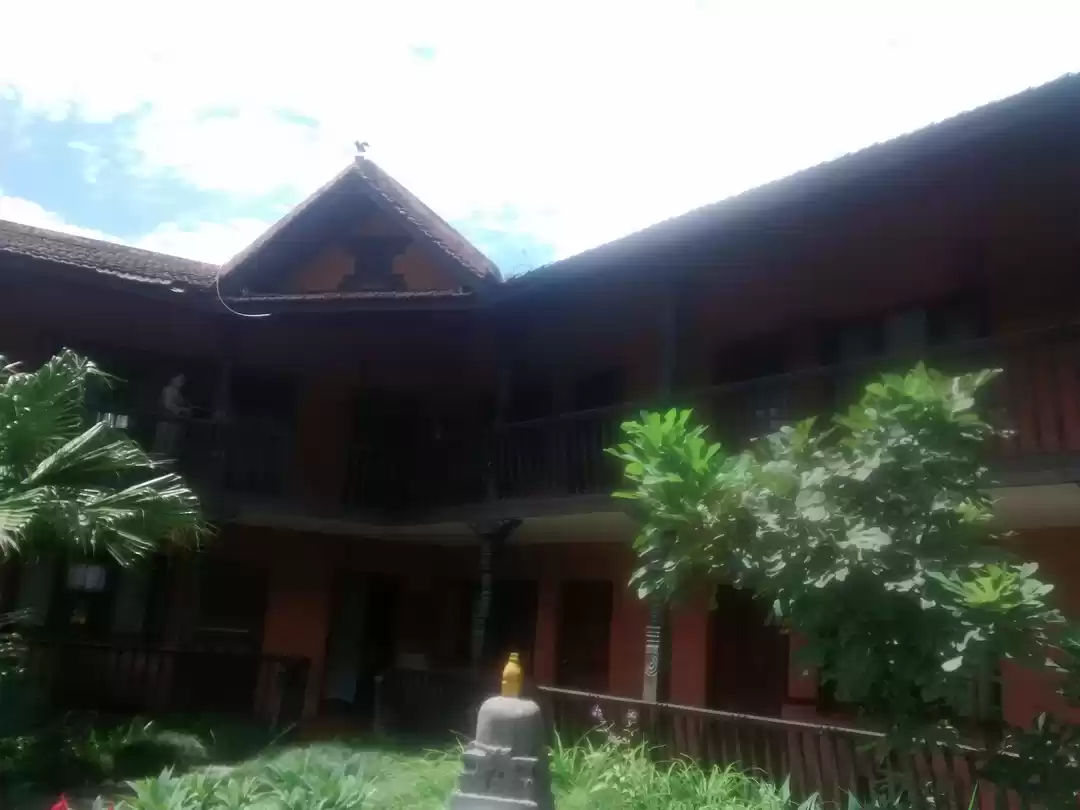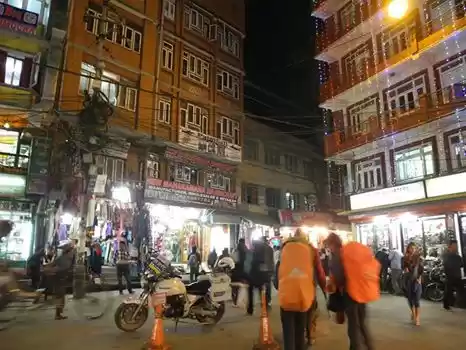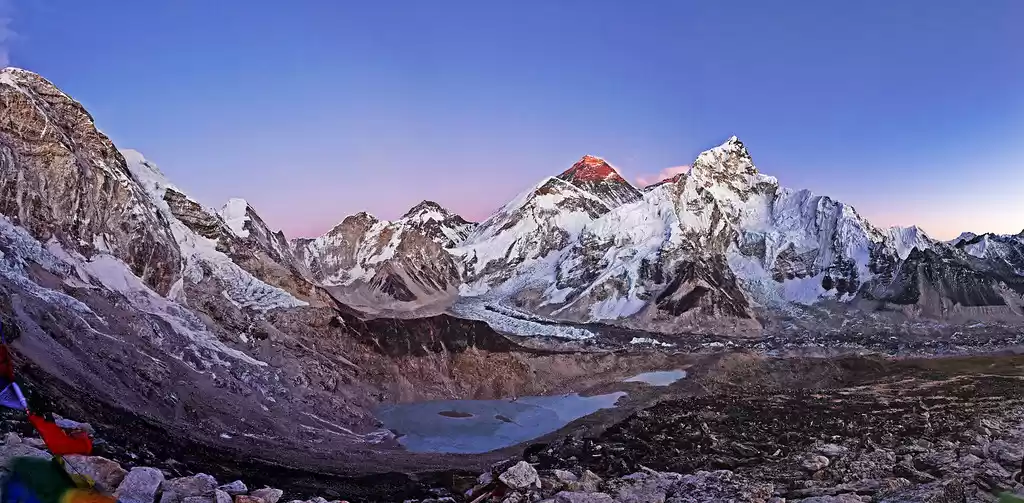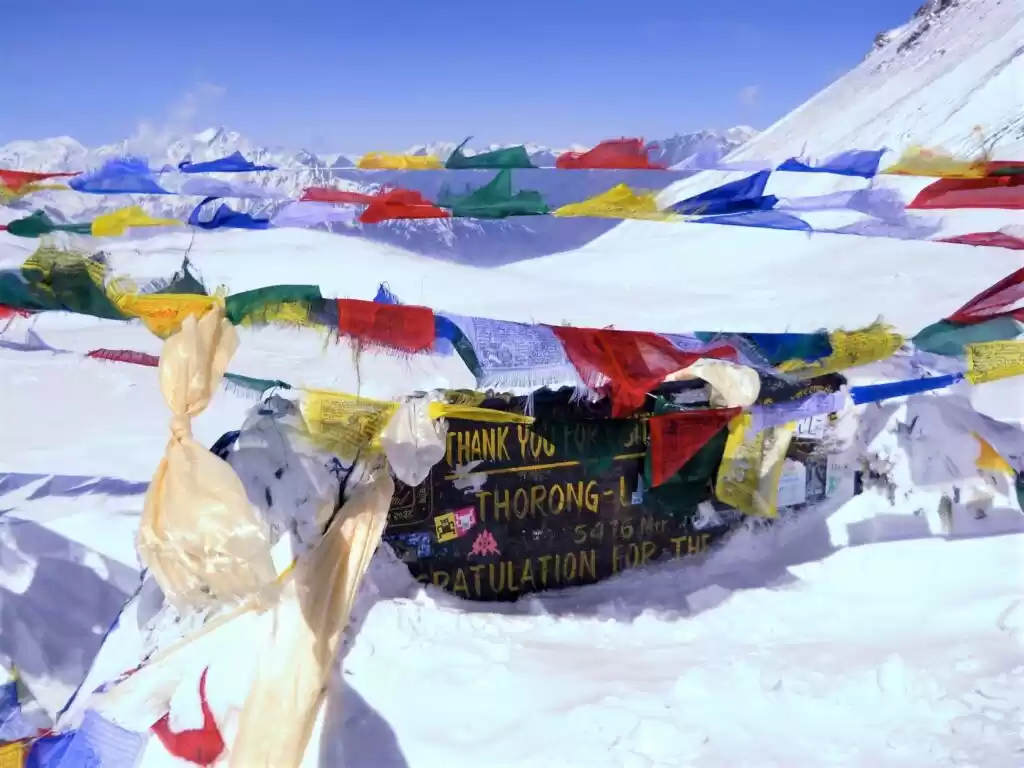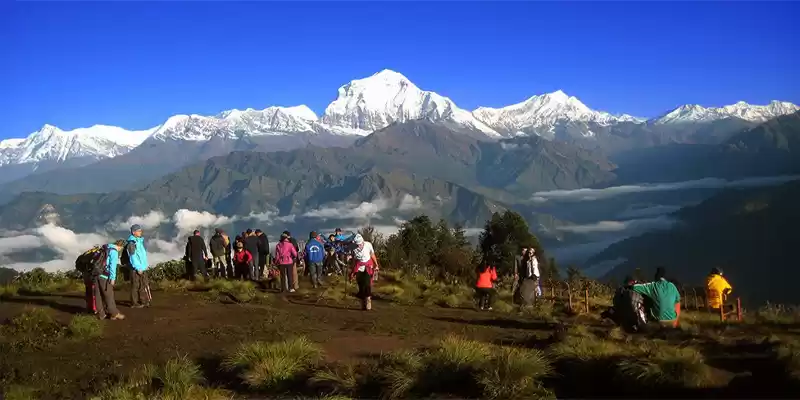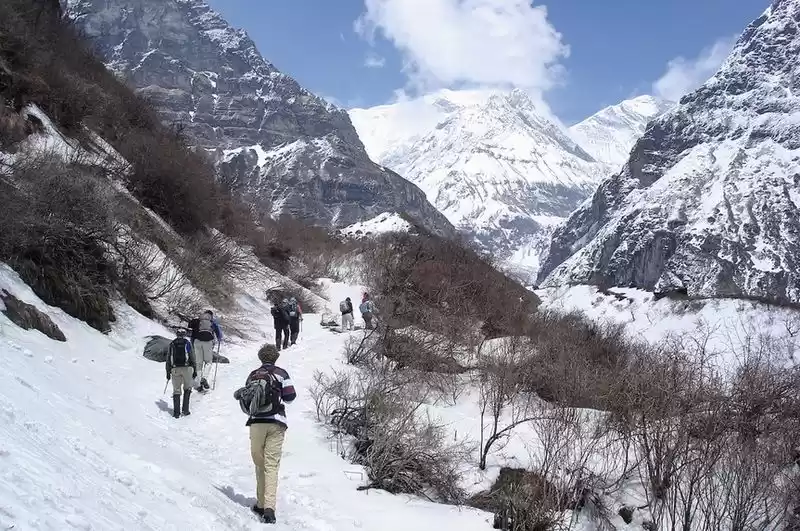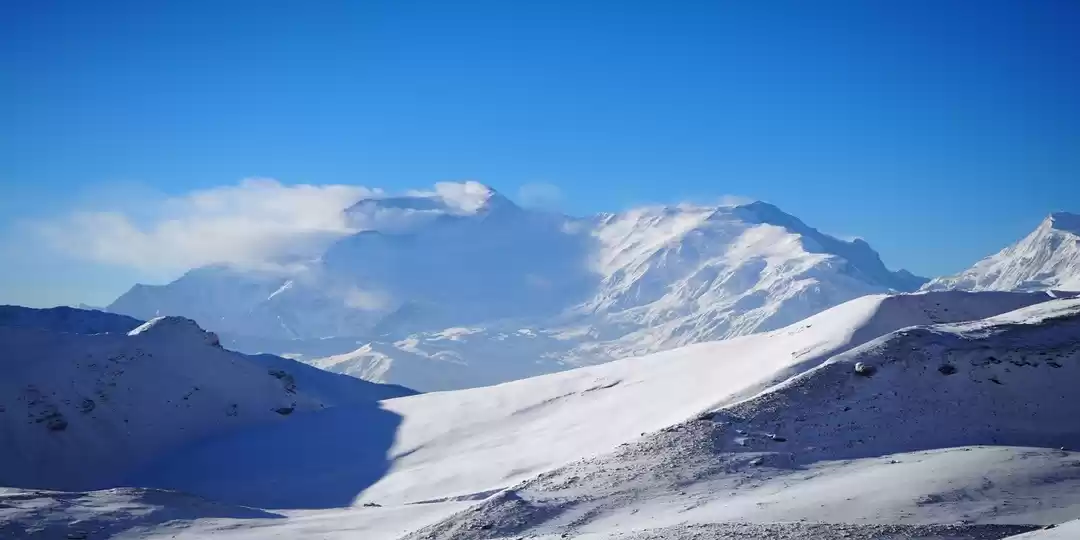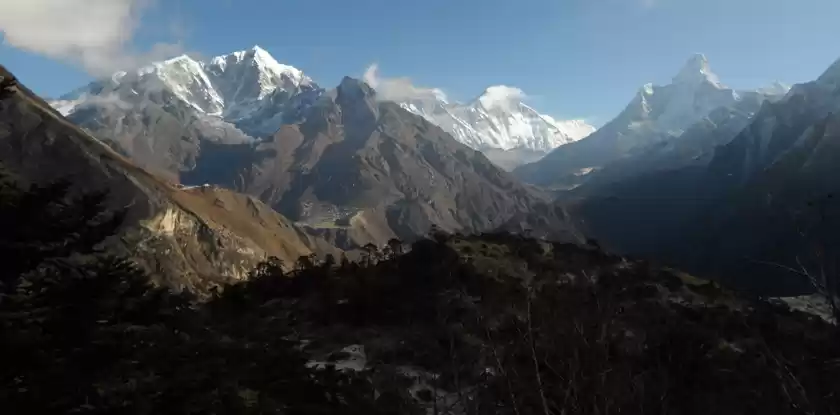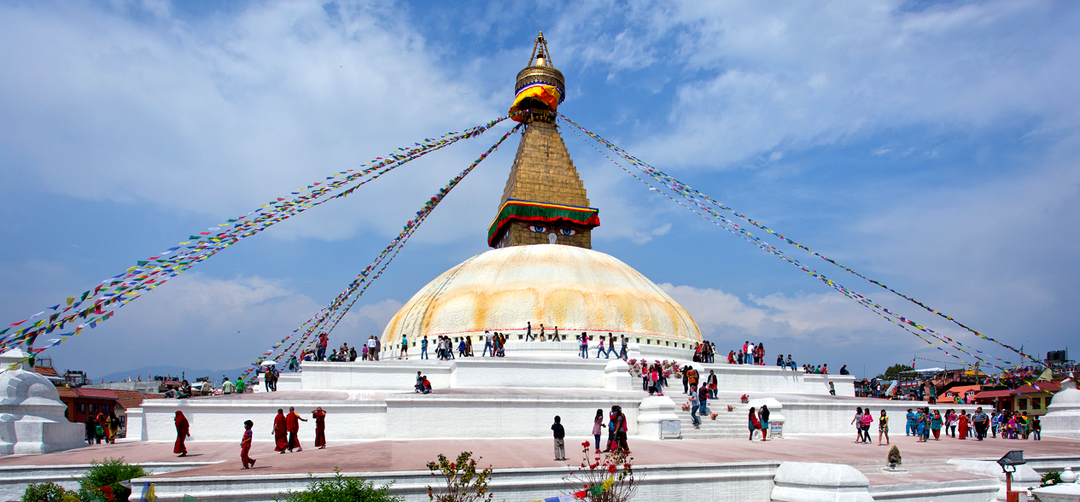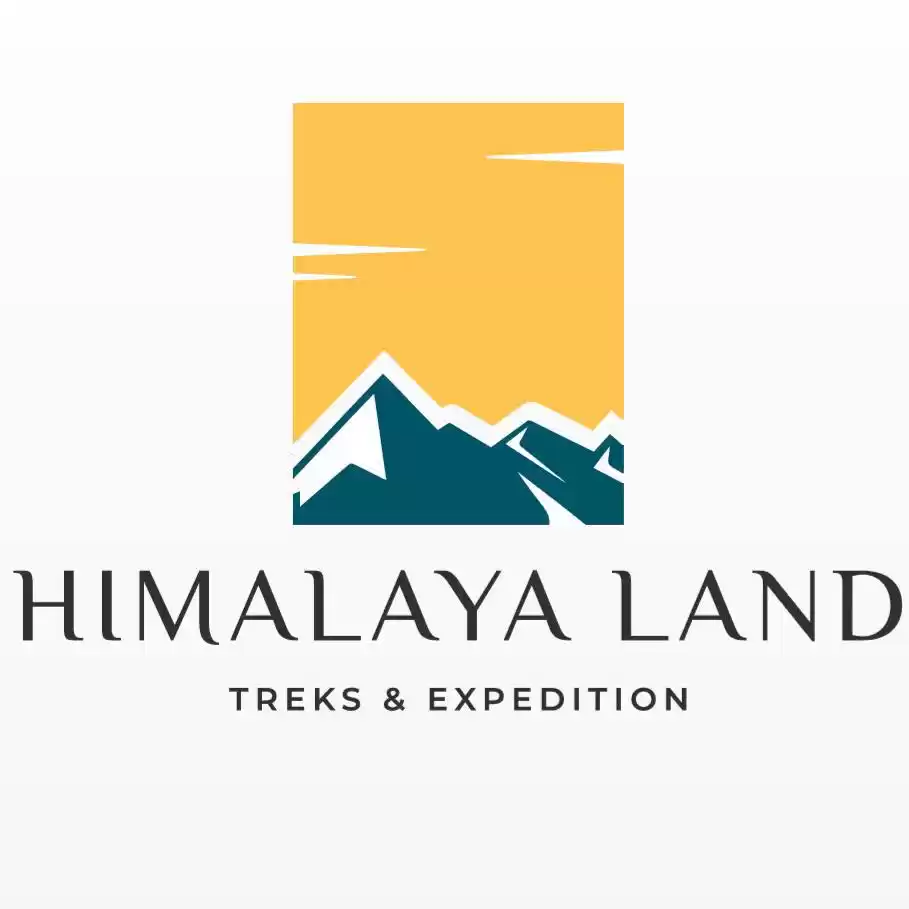
Home to eight of the world's fourteen highest peaks in the northern part of the country, trekking in Nepal is one of the many reasons why the country is a popular tourist destination.
Located between two giant nations, India and China, the natural beauty, diverse cultures, and religious sites overshadow the small country of Nepal. It is a surprise as to how a small country like Nepal can hold such tremendous and diverse beauty.
Nepal's range of topography attributes to the existence of rare and exotic flora and fauna. Along with it, the heartwarming culture and tradition practiced by diverse communities and the harmonious life between all these communities give a once in a lifetime experience for fellow tourists.
The northern region of Nepal hosts some great mountain ranges, glaciers, and high-altitude lakes like Annapurna range, Khumbu Icefall, Shey Phoksundo Lake, and many more. The tall, majestic Himalayan ranges give life to the many rivers, which flow down south like the Koshi and Karnali rivers. These rivers pass through the middle hilly region, which has some fantastic valleys and adventurous hiking trails.
The Nepalese people firmly believe in "Atithi Deva Bhawa," which translates to "visitors are regarded as gods" in English. This very notion translates to respect for visitors from all over the world.
The simple act of doing "Namaste," a gesture of joining hands, is just one of the many ways to present the Nepalese culture of respecting guests. The harmonious mixture of these elements makes Nepal a must-visit destination, where your moments and memories will never be forgotten.
Everest Base Camp Trek Introduction
The Khumbu region of the northeast is a top destination among trekkers as it is home to the tallest mountain in the world, Mount Everest. Lying in Solukhumbu district, the Khumbu region homes many other towering peaks besides Everest like Lhotse (8,516m) and Nuptse (7,861m). The region also shelters various challenging mountain climbs like Imja Tse.
The Khumbu region lies in the elevation ranging between 3,800 meters to 8,848 meters. A settlement of mostly the Sherpa community, famous places like Namche Bazaar, Thame, Pangboche, Khumjung, Tengboche, and Kunde display the rich culture and lifestyle of the community.
Taking-off and landing at Lukla Domestic Airport, regarded as one of the highest airports in the world, is a thrilling ride itself. As the region covers Sagarmatha National Park between Lukla and Monjo, there are ample possibilities to view flora and fauna of this region.
The region is well-known for its mountains, Ama Dablam, Cho Oyu, Nuptse, Changtse, and Everest, to name a few. One of the most challenging trekking areas in the world, the Everest Base Camp Trek is one of the more popular treks in the region.
Trekking difficulty: Moderate
Highest point: Kala Patthar (5,644 m)
Restricted permits: No
Best season: Spring (March-May) and autumn (September- November)
Highlights of the Trek Enjoy the picturesque views of Everest, Ama Dablam, Nuptse, Lhotse, and many more Dwell into the warm hospitality of the Sherpa community Trek to various rustic villages and towns Discover ancient monasteries like Tengboche Monastery Main Landmarks in Everest Base Camp Trek
Some of the main landmarks of the trek are described below.
Sagarmatha National Park
Established in 1976, Sagarmatha National Park is the first national park of Nepal. The national park was also listed as a UNESCO World Heritage site subsequently in 1979. Mostly composed of rocky, rugged terrain, the national park is home to the upper catchment areas of the Dudh Koshi River and Bhote Koshi River. One of the famous lakes, Gokyo, also lies in the national park.
In terms of flora, there is an abundance of bamboo, birch, firs, juniper, and rhododendron forests. The national park is home to many endangered species of fauna. It is also home to 118 species of birds and rare mammal species like Musk Deer, Snow Leopard, Red Panda, Himalayan Black Bear, and Himalayan Wolf share their home inside this national park. The Himalaya range begins from Monjo at 2,485 meters to Everest at 8,848 meters.
Dingboche Valley
A regular stop for trekkers' on-route to Everest Base Camp, Ama Dablam, or Imja Tse is Dingboche Village. Lying within the Chhukung Valley of the Khumbu region, this Sherpa village is also known as the "Summer Valley" of Khumbu.
The village hosts many lodges and tent grounds for visiting trekkers. The Imja valley has long kilometers of stone walls that cover the valley. The Imja River flows east of the village and offers a serene experience to walk along its bank.
Mount Everest
Every mountaineer in the world dreams to summit the highest mountain in the world, Everest. During peak seasons, hundreds and thousands of trekkers explore the magnificent region of Khumbu as they attempt to climb this popular mountain.
Also known as Sagarmatha, this peak was first climbed by Sir Edmund Hillary and Tenzing Norgay Sherpa in 1953. One access point to climb Everest is from the southeast side of Nepal, and the other is from Tibet.
The southeast route (from Nepal) is said to be a bit less challenging than the one from Tibet, so many mountaineering enthusiasts choose the southeast route to get the taste of the tallest mountain.
Namche Bazaar
Regarded as the commercial hub of the Khumbu region, Namche Bazaar is a famous gateway to the Himalayas. It is one of the first major towns while trekking through the Khumbu region. Most trekkers spend time in this busy locality to acclimatize their bodies for the trek here onwards.
Sherpas and tourism go hand in hand, and almost every Sherpa in the tourism sector hails from here. As a tourist hub of the Khumbu region, the town hosts many lodges and shops as per the needs of trekkers. The Syangboche Airport lies on a hill overlooking the Bazaar. Kongde Ri Himal at 6,187 meters lies on the west, and the peak of Thamserku at 6,623 meters lies to the east of the Bazaar.
Tengboche Monastery
Located at the junction of two rivers, the Dudh Koshi and Imja Rivers, Tengboche lies at an elevation of 3,867 meters. It is a famous village in the region where many trekkers stop to acclimatize before heading out to the Everest Base Camp. Moreover, this rustic village invites trekkers as it shines its Sherpa heritage beautifully.
The Tengboche Monastery, which is the largest monastery of the Khumbu region, is visited by trekkers and a large number of tourists enthused to learn about the ancient Sherpa culture.
One can view the panoramic sight of Ama Dablam, Nuptse, Lhotse, Everest, Tawache, and Thamserku from the village. Flowering rhododendrons cover the hills around Tengboche during the spring painting a scenic picture.
Kala Patthar
A well-known landmark and vantage point of the Khumbu region, Kala Patthar translates to "Black Rock" in Nepali. It lies on the southern ridge of Pumori and above the Gorakshep village, at the altitude of 5,644 m.
Kala Patthar also provides some of the best close-up views of Everest. One can also view the peaks of Nuptse and Changtse from this popular vantage point. It is the only point in the Khumbu region where tourists can get breathtaking 360 degrees views of Everest and the neighboring mountains.
Introduction
Bordering Tibet to the north, Langtang valley is located to the north of Kathmandu Valley. It is also known as the "Valley of Glaciers" and is regarded as a beautiful region to trek and explore the vast wilderness of Nepal.
The region is home to the ethnic community of Tamangs and Magars and hosts some rustic villages as well. While the views of the northern Himalayan range are spectacular, an exclusive sight in the region is that of the glamorous glaciers.
While the region is closest to the capital among other popular trekking routes, its harsh topography and lack of road connection make this region an adventure into the wilderness.
Trekking in this region will introduce you to the rich culture and lifestyle that attributes to its remoteness. Besides trekking, climbing and rafting are also other popular activities to do in the region. The Langtang region is home to the Langtang Himal range, religious site of Kyanjin Gompa, and the majestic Langtang National Park.
Trekking difficulty: Easy to moderate
Highest point: Tserko Ri (4,984 m)
Restricted permits: No
Best season: Spring (March-May) and autumn (September- November)
Highlights of the Trek Trek to one of the quieter trekking routes of Nepal Enjoy the spectacular views of Langtang Lirung Discover the diverse flora and fauna of Langtang National Park Relish the unique blend of Nepalese and Tibetan culture and traditions Main Landmarks in Langtang Valley Trek
The whole region is picturesque, and some of the significant landmarks of Langtang Valley are listed below.
Langtang Lirung
Situated near the Trishuli Gandaki and Langtang Khola, Langtang Lirung is the highest peak of the Langtang Himal range. It forms up the western ridgeline of another mountain, the Jugal Himal, which is home to Shishapangma.
Langtang Lirung is well-known for its substantial vertical peak. Even though many people from around the world tried to summit this mountain, it was only in January 1988 when three Polish people, Mikołag Czyżewski, Kazimierz Kiszka, and Adam Potoczek successfully reached the top for the first time.
Langtang National Park
Established in 1976, the Langtang National Park is the fourth national park in Nepal and the second biggest of the country. Regarded as a vast unexplored wilderness area, the Langtang National Park hosts the Langtang Lirung peak within its vicinity.
The national park hosts a variety of flora and fauna. This is one of the main attractions for trekkers and researchers of different faculties. This national park is home to tropical forests, alpine scrubs, and some magnificent perennial glaciers and ice.
Gosainkunda Lake
Located at an elevation of 4,380 meters, the Gosainkunda Lake is an alpine freshwater lake, in the Langtang National Park. This lake is a source of the Trishuli River and is also regarded as a religious site. Listed as a Ramsar site, the lake is a protected wetland area.
Ancient Hindu Mythology marks Gosainkunda as the home of Hindu deities Lord Shiva and Gauri, and thus Hindu pilgrims regard the water of the lake as holy. People believe that Lord Shiva plunged his trident (Trishul in Sanskrit), which formed Gosainkunda lake.
During the festival of Ganga Dashahara and Janai Purnima, thousands of Hindu pilgrims from Nepal, India, and all over the world visit this holy site. Old tales say that a dip into this sacred lake will wash away your sins, and you can go to heaven in your afterlife.
Introduction
The Annapurna region is one of the popular trekking destinations on the western side of Nepal. The mountain peaks of this region shelter some beautiful and breathtaking landscapes that are famous all over the world. Pokhara, the city of lakes, is the gateway to the Annapurna region and famous for many adventurous activities such as zip-lining, rock climbing, paragliding, and kayaking.
Besides the natural beauty, is the heart-warming hospitality of the Gurung and Limbu communities spread all over the Annapurna region? Filled with numerous lakes and temples, religious sites like Tilicho Lake and Muktinath temple attract tourists from across the globe.
The Annapurna Base Camp trek is the most popular in the Annapurna region. The picturesque views of the Annapurna range and warm hospitality and culture of the Gurung community are the main attractions of this beautiful trek.
Trekking difficulty: Easy to moderate
Highest point: Annapurna Base Camp (4,130 m)
Restricted permits: No
Best season: Spring (March-May) and autumn (September- November)
Highlights of the Trek Soak into the beautiful views of Annapurna, Dhaulagiri, Machhapuchhre, and many more Discover the welcoming culture of the Gurung and Limbu communities Traverse through the rugged yet adventurous landscape of the Annapurna region Explore the rich biodiversity of the Annapurna Conservation Area Main Landmarks in Annapurna Base Camp Trek
Below are some of the landmarks that tourists visit while they do this trek.
Pokhara
The second-largest valley in the hilly region of Nepal, Pokhara, is a popular destination for both domestic and international tourists. It is also called the city of lakes because of the numerous lakes around the city.
Pokhara valley offers impressive panoramas of mountains like Annapurna and Machhapuchhre, so tourists love to enjoy a cup and coffee and relax with the scenic mountains in the backdrop. Additionally, the valley is also famous for various touristic activities that include boat riding, kayaking, and treks along the trails of the Annapurna.
Recently, extreme sports like rafting, paragliding, zip-lining, canoeing, and bungee jumping in Pokhara are growing popularity. The city also has many touristic spots like Mahendra Cave, Davis Fall, and World Peace Pagoda, where you can enjoy a quick and fun sightseeing tour. Pokhara is the start and endpoint for many trekkers discovering the Annapurna region.
Ghorepani Poon Hill Trek
Lying within the boundary of the Annapurna Conservation Area, Ghorepani village is a popular destination in the Annapurna region. During ancient times, the village was a resting site for traders. These traders found water ("Pani" in Nepali) for their horses ("Ghora" in Nepali) and hence the name.
Ghorepani is home to the Gurung people who have a rich culture and lifestyle. Many Gurung people in Ghorepani have established family run lodges and homestay to shelter the passing trekkers. This village lies nearby another famous landmark, Poon Hill.
Trekkers and tourists visit Ghorepani, stay overnight, and wake up early and hike to Poon hill and view the glorious sunrise above the sleeping Annapurna Range. Poon hill is a vantage point to view the Annapurna range. The panoramic view you get from this point is something you can't describe in words.
Sitting at an altitude of over 4,000 meters, the high glacial basin of the Annapurna Sanctuary lies just 40 kilometers north of Pokhara. This oval-shaped sanctuary is sacred land for the Gurung community. Ancient stories regard it as the home of many deities of the Hindu and Buddhist religion. The Annapurna range surrounds the Annapurna Sanctuary, so the views are stunning.
Jhinu Danda
After the successful ascend to the Annapurna base camp, trekkers descend to the famous Jhinu Danda. This place is renowned for its natural hot springs, and thus, Jhinu Danda is the best place to stay overnight after conquering the base camp.
A sweet dip into the hot springs guarantees to wash away your fatigue. Along with it, the geographic location of this place adds tranquility to the hot springs, making it an ideal place to relax.
The accommodation services and warm hospitality of the local people is also an add-on to the reasons why most trekkers choose to celebrate their achievement and relax their tired bodies here.
Conclusion
The diverse terrain of Nepal offers countless stunning trekking routes. The above-mentioned Everest Base Camp Trek, Langtang Valley Trek, and Annapurna Base Camp Trek are the most preferred trekking options in Nepal.
Choosing to trek in a particular region comes down to one's preference for several aspects like difficulty level and duration of the trek.



